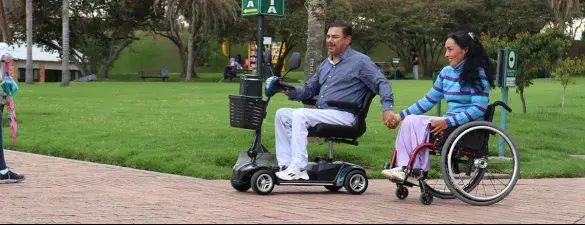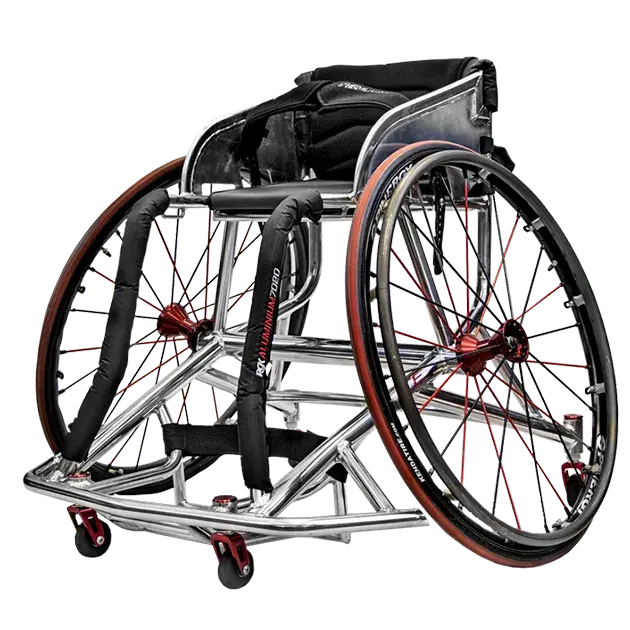Spinal cord injuries (SCI) are among the most severe and life-altering medical conditions, significantly impacting an individual's mobility and independence. These injuries are typically caused by a sudden, traumatic blow to the spine that fractures or dislocates vertebrae, resulting in damage to the spinal cord. This article will delve into the mobility issues associated with spinal cord injury and discuss potential strategies for managing these challenges.
Understanding Spinal Cord Injury
The spinal cord, a bundle of nerves that runs down the middle of the back, carries signals back and forth between the body and the brain. Injuries to the spinal cord can disrupt these signals, leading to loss of function, sensation, and mobility below the injury site. Spinal cord injuries are classified as either complete, involving total loss of function below the injury site, or incomplete, where some degree of function remains.
Common Mobility Issues in Spinal Cord Injury
The impact of a spinal cord injury on an individual's mobility largely depends on two factors: the location of the injury along the spinal cord and the severity of the injury. Common mobility issues include:
Paralysis
Damage to the spinal cord can lead to paralysis, which can be either paraplegia (impairment in the legs and the lower part of the body) or tetraplegia (also known as quadriplegia, involving impairment in all four limbs and the torso).
Muscle weakness or spasticity
Individuals with an incomplete spinal cord injury may experience muscle weakness or spasticity, which can affect movement and coordination.
Balance and coordination
Spinal cord injuries can impact an individual's balance and coordination, making it difficult to perform movements that were once routine.
Difficulty in performing daily activities
Tasks like dressing, eating, and personal hygiene can become challenging due to reduced mobility and function.
Managing Mobility Issues in Spinal Cord Injury
While spinal cord injuries are currently irreversible, various strategies can significantly improve mobility and quality of life for those affected:
Physical therapy and rehabilitation
Engaging in regular physical therapy can help improve muscle strength, flexibility, and overall mobility. Rehabilitation programs can also teach adaptive techniques to perform daily tasks.
Assistive devices
Wheelchairs, walkers, canes, and braces can significantly enhance mobility and independence. Technological advancements have led to more sophisticated devices, such as power wheelchairs and functional electrical stimulation devices, which can help individuals with SCI navigate their environment more effectively.
Occupational therapy
Occupational therapists can provide guidance on adapting to lifestyle changes and using assistive devices to perform daily tasks more easily.
Support groups and counseling
Psychological support can help individuals with SCI adjust to their new circumstances, manage emotional challenges, and navigate social and environmental barriers.
The Role of Technology in Managing Mobility Issues
Emerging technologies have opened new avenues for managing mobility issues associated with spinal cord injury:
Exoskeleton technology
Robotic exoskeletons can help individuals with SCI to stand, walk, and perform activities they would otherwise be unable to do.
Smart home technologies
Automated systems can help individuals with SCI control various aspects of their environment, such as lighting, temperature, and entertainment systems, enhancing their independence.
Mobile applications
Smartphone apps can help manage medical appointments, medication schedules, and provide access to online support communities.
Conclusion
Navigating life with a spinal cord injury poses substantial mobility challenges. Nonetheless, the combined efforts of physical and occupational therapy, assistive devices, and technological innovations offer promising avenues to address these hurdles and foster greater independence. As we continue to push the boundaries of medical technology, the future holds the promise of further improvements in mobility and overall quality of life for individuals living with spinal cord injuries. With the right resources and support, individuals with SCI can lead active, fulfilling lives, redefining their potential and transcending limitations.





